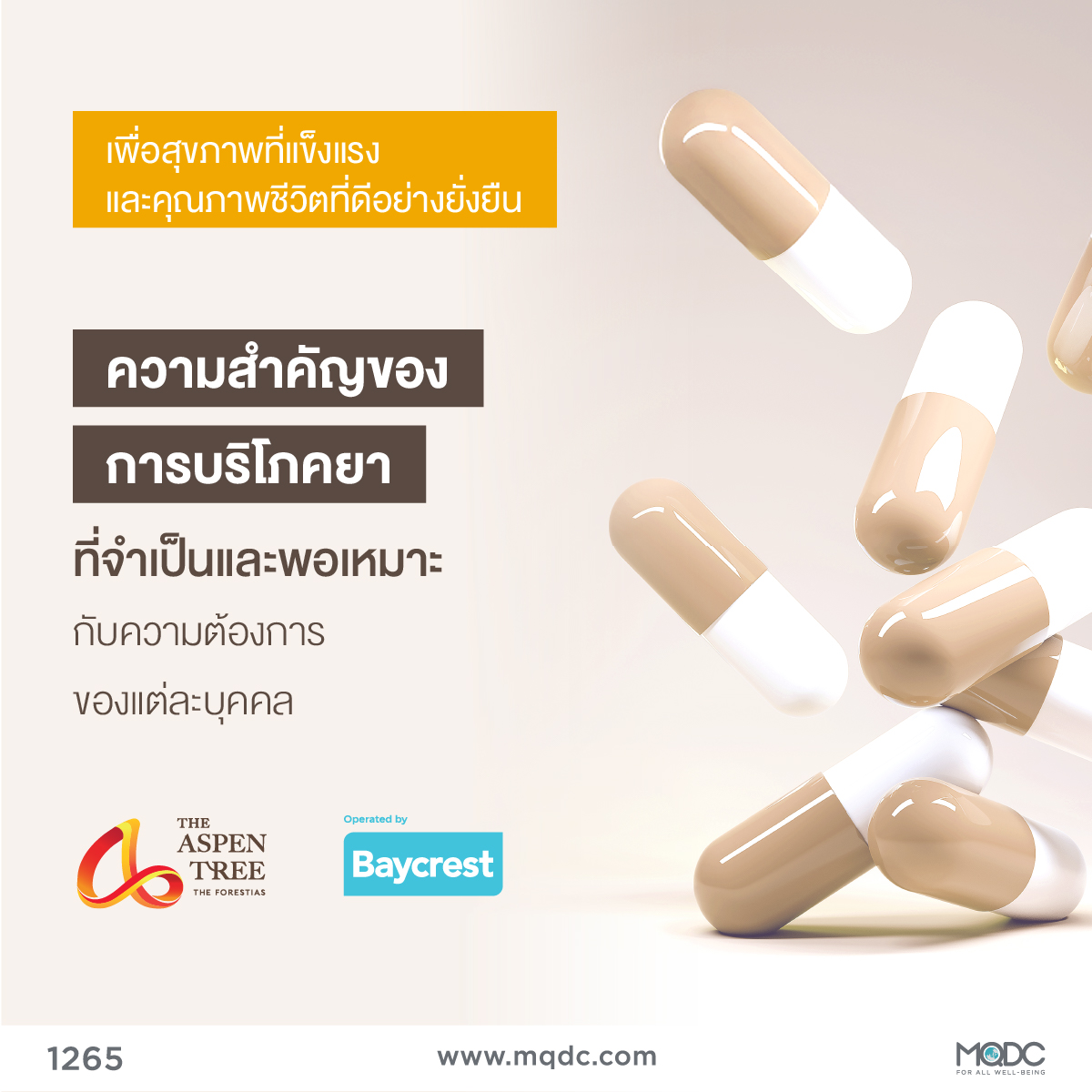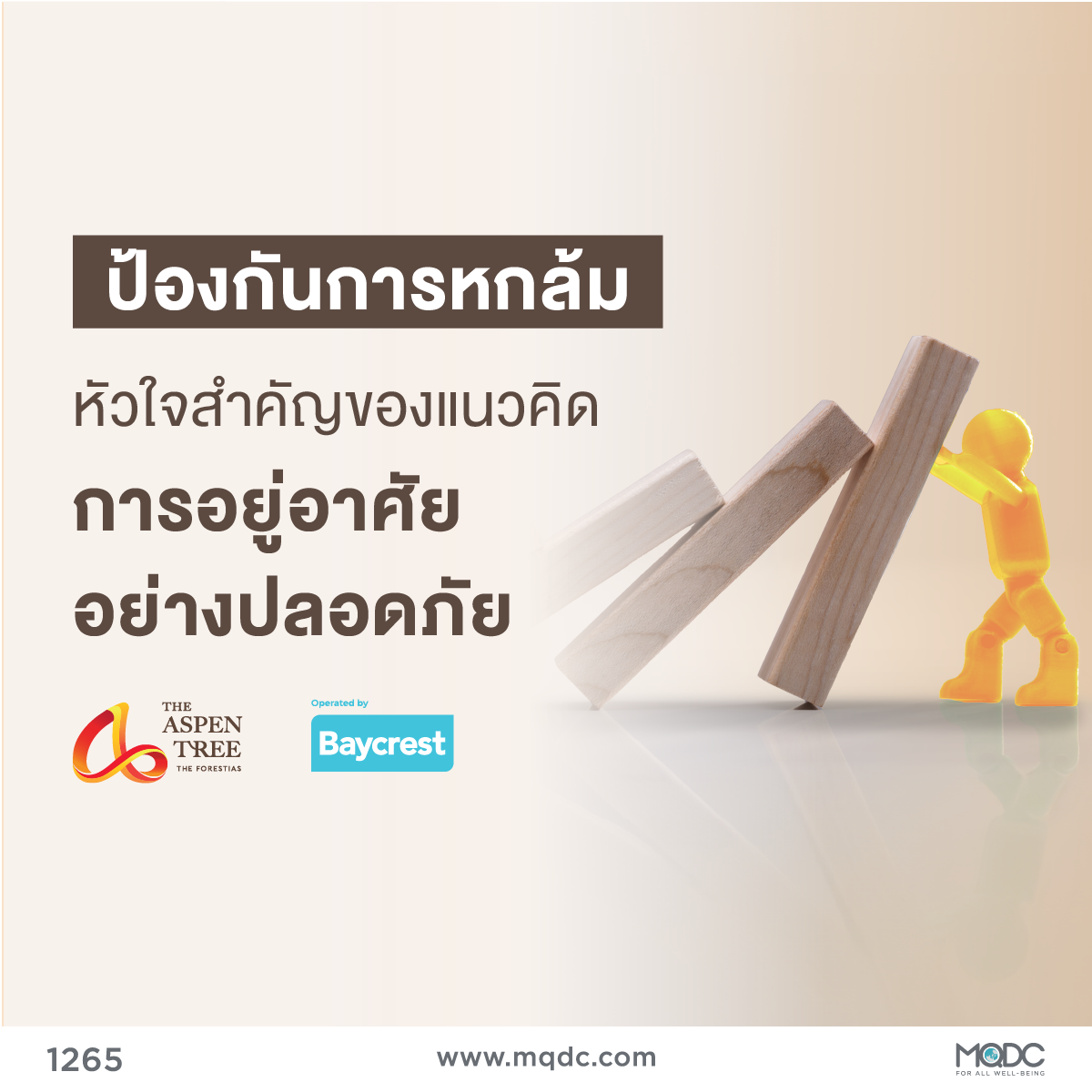Medicines become essential during illnesses and, especially, with chronic diseases. Chronic conditions often require us to take many medications. Taking medicine becomes part of the daily routine for many people with chronic diseases. They may have to take as many as 10 medications each day. It’s easy to forget some. Sometimes patients may have to split tablets, which is even trickier.
But what if we could design a drug specific to us? Or combine many drugs into one pill? Or set the right dosage without having to split or break pills? If we can maintain the same drugs and dosage, we could make taking medicine much easier. These ideas could soon become reality as technology to print your own medicine from home starts to be studied and used.
How Medicines Are Given Today
Medicines are active substances that affect health to achieve medical results. Pharmaceutical products must be controlled to meet standards throughout production, packaging, distribution, storage, until being prescribed by doctors and pharmacists before reaching the patient.
Modern and traditional medicines are all registered and made through industrial production under state regulation to ensure products are safe and high quality.
But industrially produced pharmaceuticals have dosages set by manufacturers. Products might not suit every patient. Doctors or pharmacists may have to prescribe medicines that require splitting tablets into half or quarter. The more steps involved in taking medicine, the greater the risk of mistakes. Patients who have to take many drugs at the same time face even more difficulties.
These challenges sparked the idea of developing technology to produce medicines specific to each patient and also ensure efficiency and safety.
Emergence of Home Medicine Printing
Pharmaceutical printing technology began with the development of 3D printing. The release of open-source 3D printers in 2006 made the technology more accessible to researchers and developers around the world. The application of 3D printing to a variety of purposes has made leaps and bounds.
3D printing is now widely used in many fields including the medical field, such as customized dentures. For personalized medicines, the production principle is to spray layers from the bottom up. Each layer is connected by a special glue to form a pill. Many drugs can be contained in one tablet to avoid patients having to take multiple pills with each meal.
Current Home-Printed Medicines
Currently, there is one drug produced using 3D printing technology approved by the US Food and Drug Administration (FDA). Spritam® is an anticonvulsant adjusted to a new format using Aprecia Pharmaceuticals' ZipDose® drug printer.
Large numbers of tablets can be produced with tiny pores invisible to the naked eye. The tablets dissolve as soon as they are sipped with water, making them easy to swallow. You can also add flavoring. This drug is therefore marketed to pediatric seizure patients who have difficulty swallowing pills. It further helps solve the problem of inaccurate drug dosages from measuring liquid medicine.
Spritam® users still cannot purchase a ZipDose® pill printer to print their pills at home. But new regulations for home drug printing technology mean a drug printer from this company could soon be on the market.
Limitations
The main limitation of printing medicine at home is controlling quality. Medicines must pass strict controls for safety and treatment efficiency including checks for contamination. Drug traces must also be eliminated from printing to prevent contamination of the environment and the risk of accidental ingestion. There are further limitations in terms of access to technology and price.
The Future of Home-Printed Medicine
Printing personalized medicine at home still has many limitations but offers huge possibilities. There are now tools to measure your health yourself at home. Many treatment devices have come onto the market, such as blood pressure monitors, blood oxygen measuring devices, fingertip glucose meters, and infectious disease self-test kits, insulin self-injection kit emergency allergy pen (EpiPen), automatic peritoneal dialysis (APD).
Risk testing for various diseases includes breast cancer, dementia genes, drug allergies, or genetic material testing to check a virus’s likely response to a drug. These advances will help develop more personalized treatment approaches. People around the world will more likely want to look after their own health, making home medicine printing more probable.
Summary
Advances in health technology are being driven by the need for personalized health management. Producing personalized medicine from home is another promising technology. We’ll soon have our own pharmaceutical printers at home that can design the right medicines just for us.
Well-Being through Cutting-Edge Technology at The Aspen Tree in The Forestias Operated by Baycrest with Holistic Lifetime Care
The Aspen Tree is a community dedicated to your physical, mental, and brain health. Live where your health is safeguarded in all dimensions for you to live a happy, healthy, independent lifestyle.
The Aspen Tree is a residential community developed with Baycrest Institute, a world leader in research and health care for the elderly. Homes and facilities enable comprehensive care and services for your physical, mental, and social well-being.
At The Aspen Tree, we combine state-of-the-art medical and residential technology supported by research to provide care and promote everyone’s good health.
The Aspen Tree in The Forestias also has a Health & Brain Center with health services to keep dementia at bay. The team of specialists can take care of your health 24 hours a day for your peace of mind and holistic health.
Live free from care in the free time of life. Let's discover the perfect life together.
Find out more CLICK https://mqdc.com/aspentree
Call 1265
LINE OA: @TheAspenTree or CLICK https://mqdc.link/3Emhkde
Source:
- https://www.dubaifuture.ae/wp-content/uploads/2023/02/19-HOME-PRINTED-REMEDIES.pdf
- https://www.themarketforideas.com/will-we-3d-print-medicine-at-home-minds-that-filled-the-gaps-xv-a586/
- https://www.ratchakitcha.soc.go.th/DATA/PDF/2559/E/206/4.PDF
- https://spritam.com/making-medicine-using-3d-printing/









